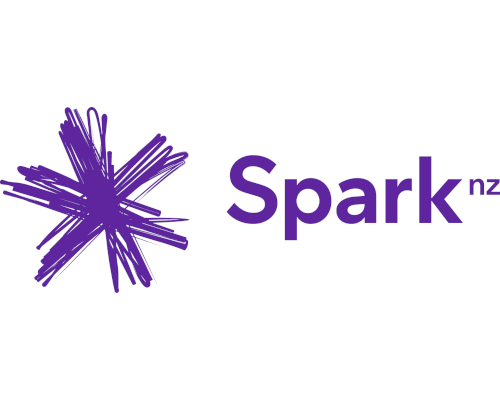In collaboration with Spark, researchers from the University of Auckland are exploring the potential of 5G to transform the world of industrial robotics.
Industrial robots are commonly used in electronics, food and medical manufacturing as they can be programmed to carry out automated tasks with precision and accuracy. In a recent trial, a research team led by Dr Yuqian Lu in the Faculty of Engineering have been exploring whether they could be controlled in the cloud via a 5G network.
The results are very promising and have the potential to push the boundaries of what’s possible, says Lu, “In the long-term, we could see a surgeon in Auckland perform an operation remotely on a patient in Invercargill using a tele-operated surgical robot, or a fleet of manufacturing robots in various cities in New Zealand could be managed remotely in real time.”
The six-month trial was conducted at the Faculty of Engineering’s Laboratory for Industry 4.0 Smart Manufacturing Systems. The first phase of testing used a cloud-based robot built in the lab and a cloud-based platform to test if the robot could be controlled via 5G. The researchers measured the connection’s latency (whether there is any ‘lag’) and jitter (how reliable and consistent the connection is) by testing various public and private 5G network settings and sending data packets between Auckland, Sydney, London, Singapore and Oregon (USA).
“After completing the first stage of testing, we learned that the key to achieving optimal speeds and reliability performance is to incorporate artificial intelligence (AI) algorithms to compensate for any issues during data transmission. What we concluded is that in future, industrial robotics have the potential to be moved to the cloud and supported by 5G,” says Lu.
A more connected future
Renee Mateparae, Spark’s Network and Operations Director says leveraging 5G will help drive business transformation across many industries. “Working closely with the University of Auckland is helping us to bring interesting use cases and business applications to life, such as in agriculture or ports using machine learning, Internet of Things, 5G and other emerging technologies. This work highlights that leveraging new capabilities in robotics, automation, industrial AI, and technology convergence to create innovative solutions to real-world problems can enable a more connected future.
“Some of our work around Multi-Access Edge Compute (MEC), private network and 5G network slicing, for instance, means you could deploy the cloud at your premises to run your automation over a dedicated network. Data transmission occurs at a shorter distance, decreasing latency and jitter, reducing congestion, and delivering a better customer experience.
“We are proud to collaborate with the University of Auckland to help bring the potential of 5G to life – demonstrating how faster throughput, lower latency and high levels of reliability can create tangible business outcomes.”
Network devices and private network equipment were supplied by Nokia, while Spark provided public network access and cellular network expertise. The Science for Technological Innovation National Science Challenge provided funding for the trial.
Note to editors
· Multi-access Edge Computing (MEC) extends the capabilities of cloud computing by bringing it to the ‘edge’ of the network. While traditional cloud computing uses remote servers that are situated in a data centre far from a customer, MEC allows this processing to take place much closer to the end customer – meaning data has to travel a shorter distance, decreasing latency and jitter and the amount of data sent across the network can be reduced, reducing congestion and delivering a better customer experience.



 Stats NZ: Business Employment Data - December 2024 Quarter
Stats NZ: Business Employment Data - December 2024 Quarter Transpower: System Operator Launches Review Of Electricity Risk Forecasting Framework
Transpower: System Operator Launches Review Of Electricity Risk Forecasting Framework  The Conversation: NZ’s Glaciers Have Already Lost Nearly A Third Of Their Ice – As More Vanishes, Landscapes And Lives Change
The Conversation: NZ’s Glaciers Have Already Lost Nearly A Third Of Their Ice – As More Vanishes, Landscapes And Lives Change RBNZ: Reserve Bank Of New Zealand Welcomes The Release Of Te Ōhanga Māori 2023 Report
RBNZ: Reserve Bank Of New Zealand Welcomes The Release Of Te Ōhanga Māori 2023 Report Bill Bennett: Download Weekly - One NZ chooses Ericsson for core network update
Bill Bennett: Download Weekly - One NZ chooses Ericsson for core network update Mountains to Sea Conservation Trust: Orange Roughy Leads The Pack As Fish Of The Year Heats Up
Mountains to Sea Conservation Trust: Orange Roughy Leads The Pack As Fish Of The Year Heats Up



